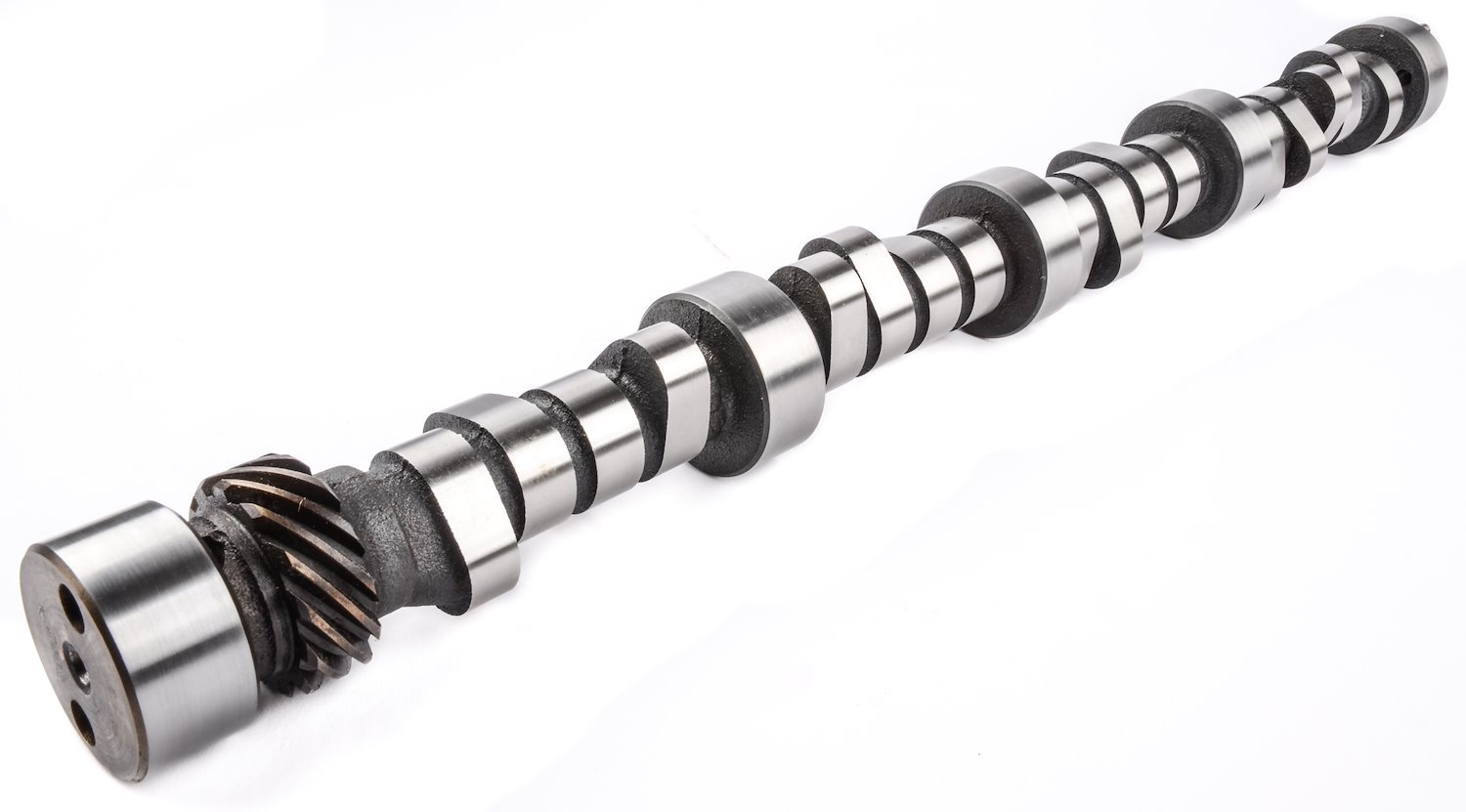Items You Need
| Ratings |
|---|
| Price |
| Brand |
Small Block GM
Notes:
- Valve Lift when using 1.6:1 rocker arm ratio
- This Camshaft Has the Fuel Pump Lobe
- Engine Assembly: For LT1 and L98 engines (pre-1996) the dowel pin in the end of the camshaft may need to be pushed in so extension from end of cam is 0.300"(+/-0.010"), the same as the production part. For 1996 LT1 and LT4 engines, the dowel pin is in the correct position, extending 0.620" from the end of the camshaft.
Specifications:
Will this cam work with stock vortec valves springs
if this camshaft fits my Camaro Z28 LT1
Does cam have the lobe for a mechanical fuel pump?
I am wondering if this cam will work with stock vortec heads and rockers or is there too much lift with 1.52 rockers for the valve and valve springs
Will the 200500 work in my 95 350 lt1
ok 12 degrees BTC is what i set it at initually that was my guess and that's where I set it but it runs a little hot.. if I advance it to 16 BTC it doesn't.. could that be a lean issue ?
where should I set my timing using this cam on a 1990 5.0 HO chevy with 2.02 heads
Motor Vehicles
WARNING: Motor vehicles contain fuel, oils and fluids, battery posts, terminals and related accessories which contain lead and lead compounds and other chemicals known to the State of California to cause cancer, birth defects and other reproductive harm. These chemicals are found in vehicles, vehicle parts and accessories, both new and as replacements. When being serviced, these vehicles generate used oil, waste fluids, grease, fumes and particulates, all known to the State of California to cause cancer, birth defects, and reproductive harm.
Tools:
WARNING: Some dust created by power sanding, sawing, grinding, drilling, and other construction activities contains chemicals known to the State of California to cause cancer and birth defects or other reproductive harm. Some examples of these chemicals are: lead from lead-based paints, crystalline silica from bricks and cement and other masonry products, and arsenic and chromium from chemically treated lumber. Your risk from exposure to these chemicals varies, depending on how often you do this type of work. To reduce your exposure, work in a well-ventilated area and with approved safety equipment, such as dust masks that are specially designed to filter out microscopic particles.
Electrical Cords
WARNING: The wires of these products contain chemicals known to the State of California to cause cancer and birth defects or other reproductive harm. Wash hands after handling.







